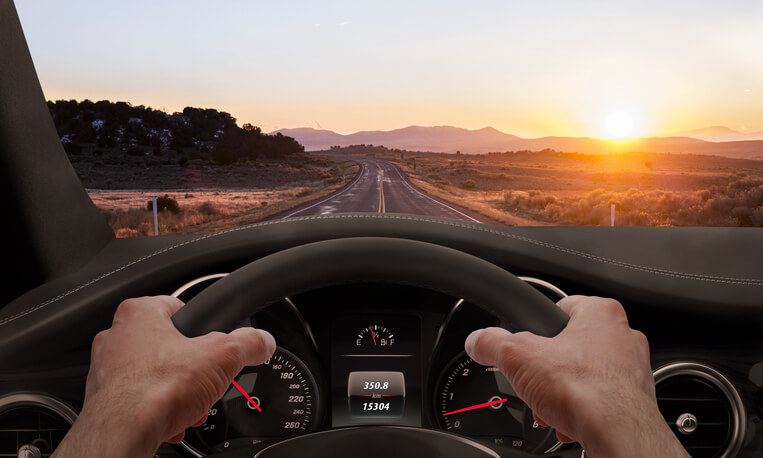The test is being funded by the U.S. Department of Transportation who spent $25 million outfitting thousands of cars with an assortment of software and communication equipment designed to allow them to communicate with each other automatically and warn drivers if a collision if possible. This allows for drivers to be warned if a car ahead of them – perhaps one they cannot see-suddenly slows down, or if they try to change lanes without looking and are in danger of a collision.
The software and hardware upgrades do not allow the computer to take over control of the vehicle in the event of a possible collision. They just provide a warning light, perhaps a buzz or ringing, or even a warning voice over the vehicle speakers, “Danger, Vehicle Ahead.” It is believed that even a small warning might be enough to prevent accidents and that is exactly what they are hoping to see from this test.
A sampling of three thousand drivers in Michigan is enough for them to determine whether or not the system works as hoped. once they can retrieve the data, analyze their findings and consult with number crunchers, the results of this test could mean big changes for the vehicles of tomorrow.
Not everyone is happy with this type of autonomous monitoring, however. Privacy advocates worry that GPS tracking systems in vehicles will lead to further privacy risks for drivers and vehicle owners. Also, a move is on in Congress and in many states to begin taxing drivers based on the number of miles they drive. And having GPS devices already installed in vehicles from the manufacturers would make it much easier to conduct these types of “tax tests.”

 Live Chat
Live Chat






